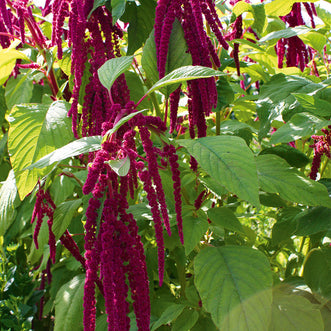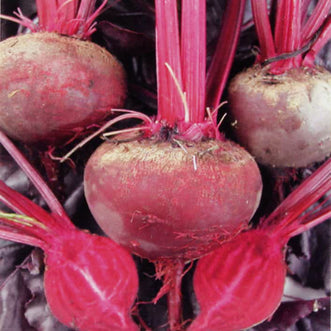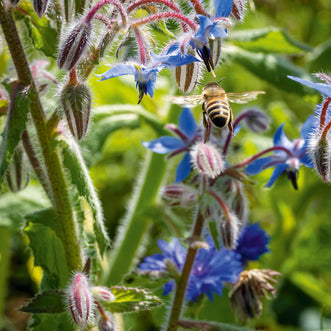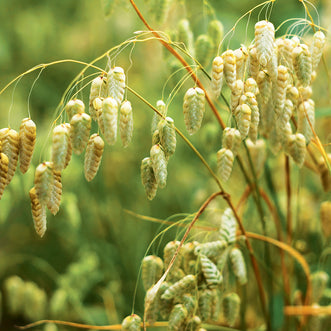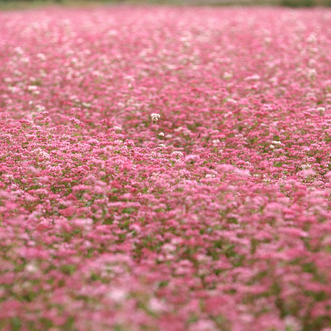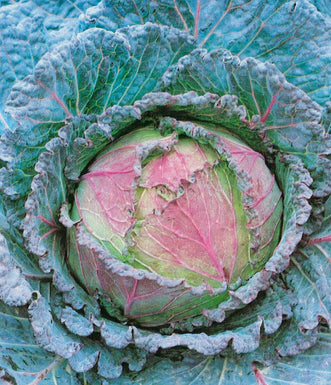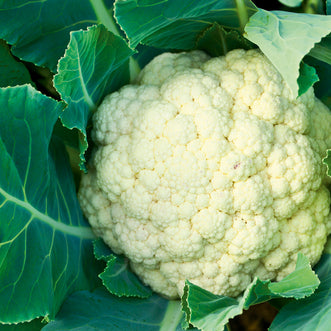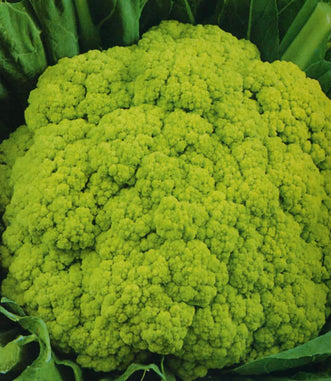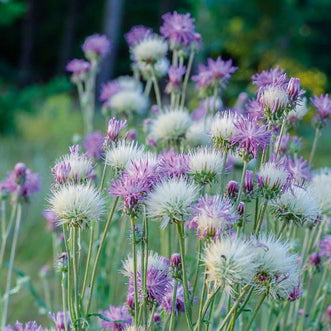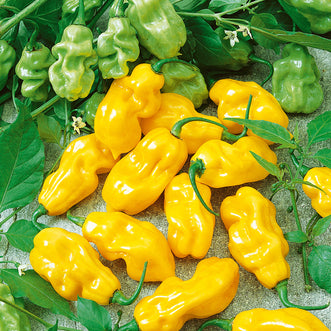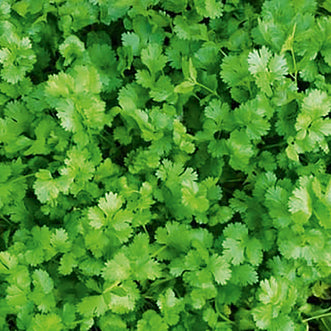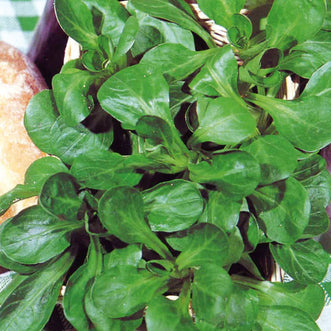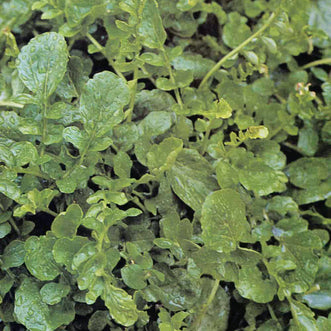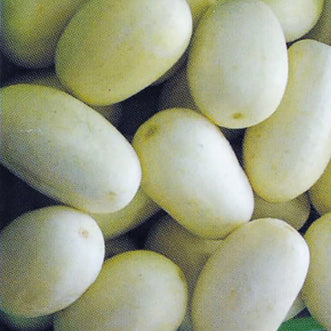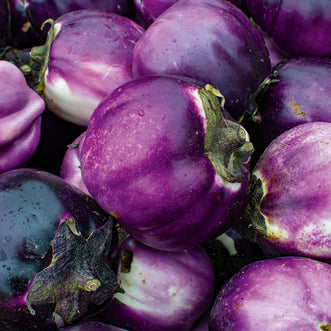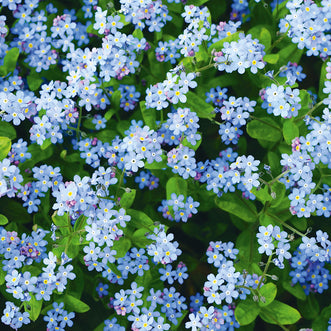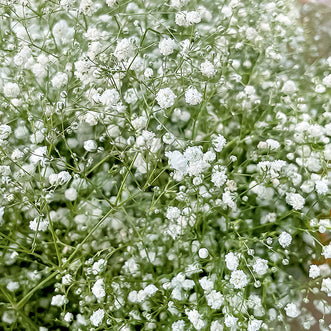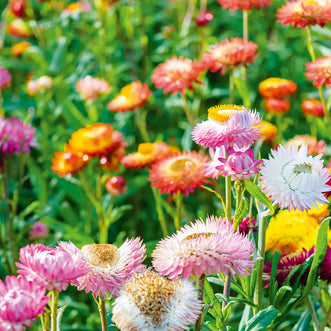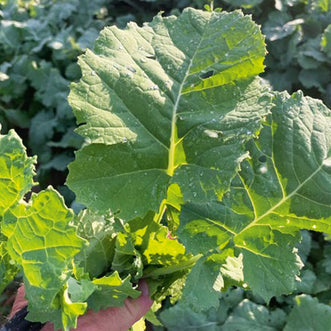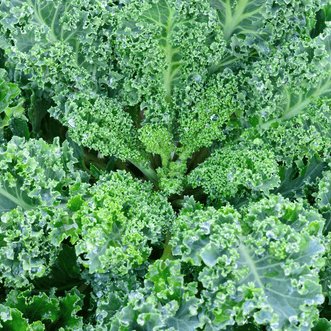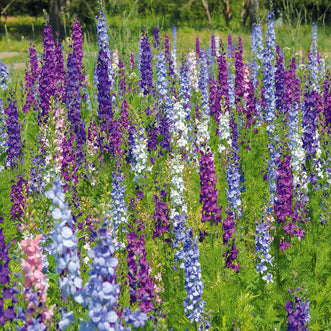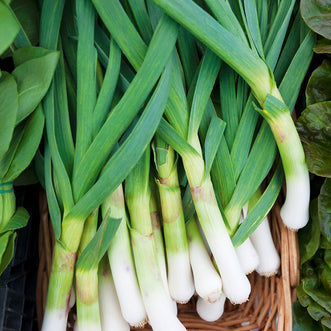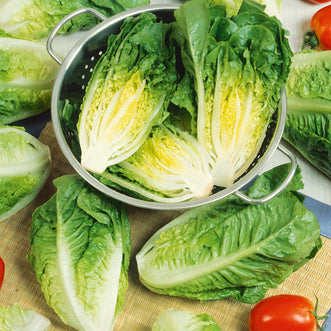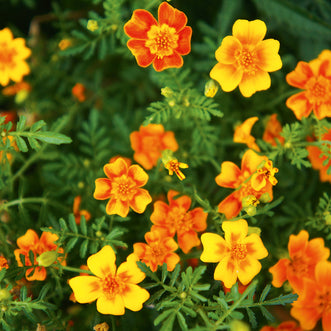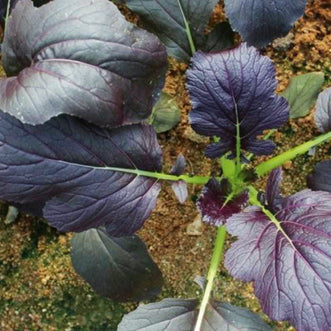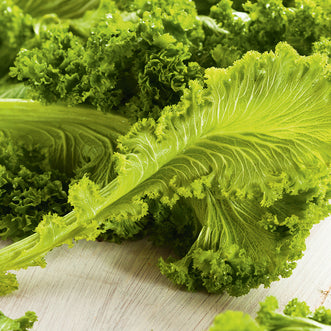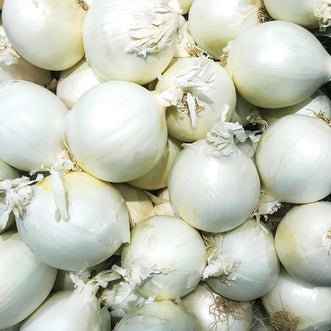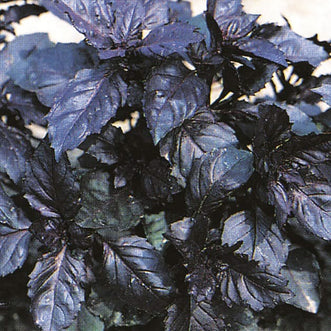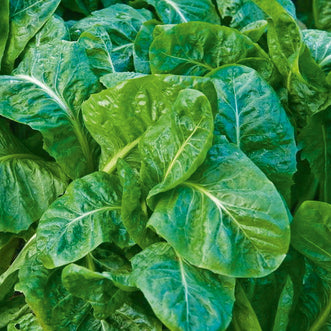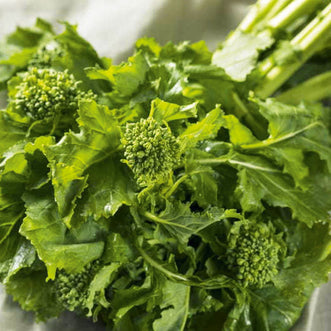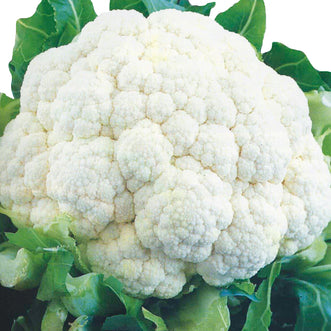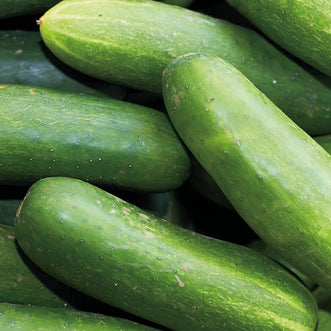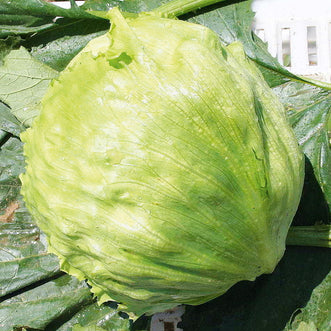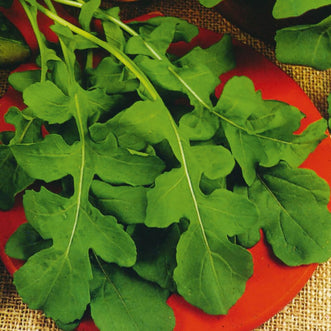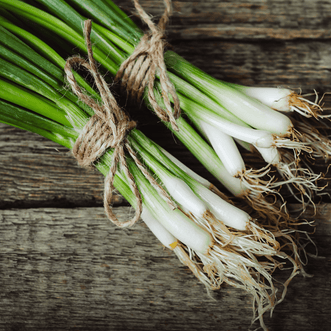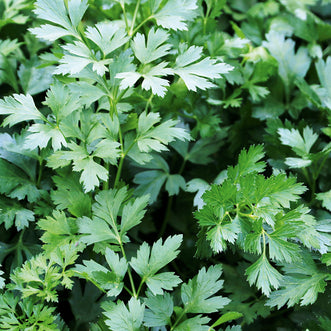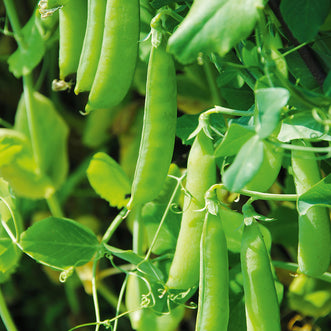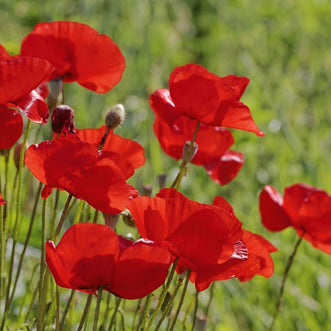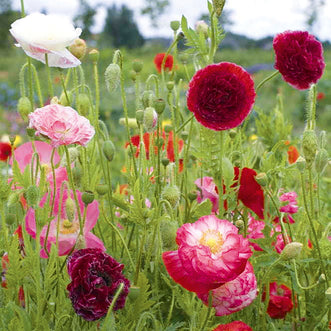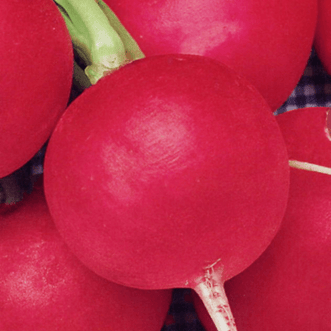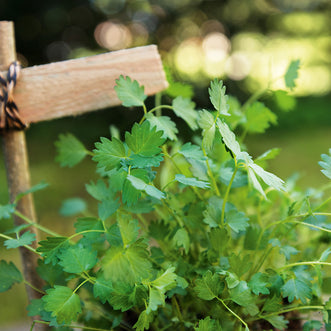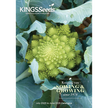Growing Echinacea - Benefits & Uses - Kings Seeds
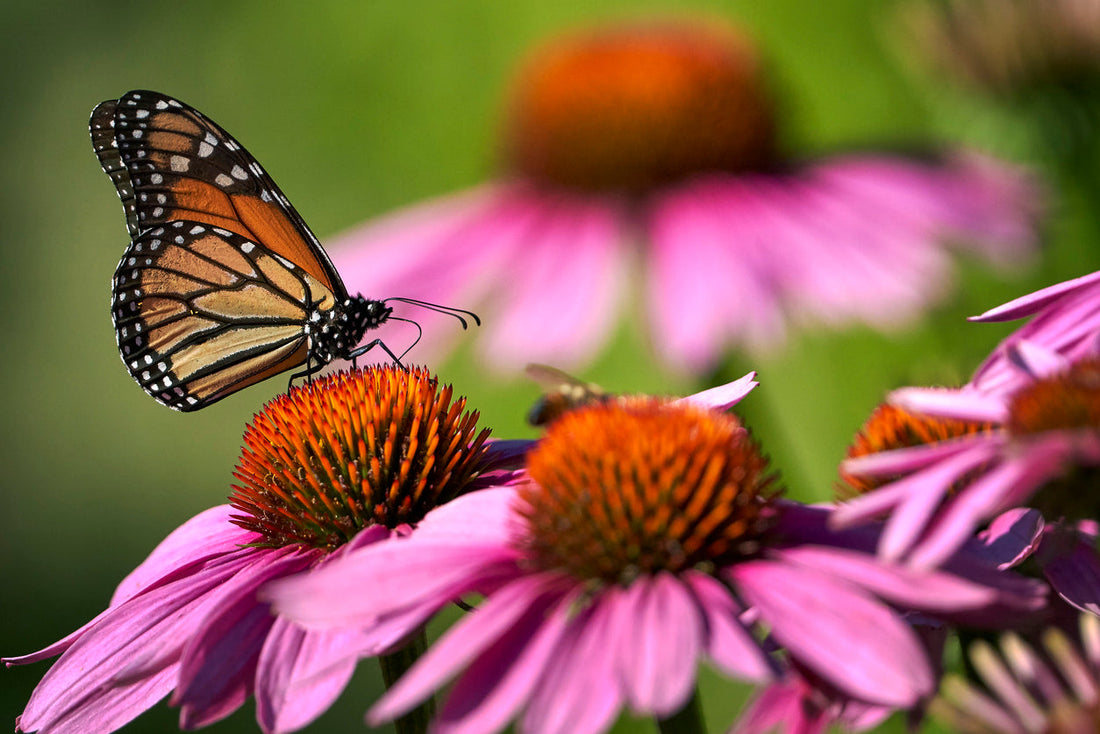
If you love plants that are as beautiful as they are useful, then echinacea should be on your must-grow list! This vibrant, daisy-like flower isn’t just a stunning addition to your garden—it’s also a powerhouse medicinal herb known for its immune-boosting properties. Whether you’re new to gardening or an experienced grower looking to expand your herbal collection, this guide will take you through everything you need to know about growing echinacea, echinacea benefits and using it to its fullest potential.
Why Grow Echinacea?
Echinacea, also known as coneflower, is a hardy perennial that’s as easy to grow as it is rewarding. Here are some great reasons to add echinacea to your garden:
- Beautiful Blooms – They have beautiful purple, pink, white and even green colour options and a striking & interesting cone-shaped centre. Echinacea flowers attract bees and butterflies far and wide, making them a fantastic pollinator-friendly plant to include in your garden.
- Low Maintenance – Echinacea thrives in all types of soil, requiring little watering once established and can handle both hot and cold climates, making it an easy plant for beginner gardeners to try.
- Medicinal Benefits – You may have heard about echinacea as an immune system support. This herb has been used for centuries to fight colds and encourage overall wellness. A great choice to have in the medicinal herb garden.
- Long Blooming Season – From mid-summer to autumn, echinacea will brighten up your garden with its long-lasting flowers. Plus, being a perennial means it will die down over winter and come back again next season.
How to Grow Echinacea
Best Growing Conditions for Echinacea
Echinacea is incredibly easy to grow; it thrives best with these tips:
- Sunlight – Full sun (at least 6 hours per day) is preferred, though it can tolerate some partial shade.
- Soil – Well-drained soil is key. Echinacea does well in sandy or loamy soil with average fertility.
- Watering – Once established, echinacea is drought-tolerant. Water young plants regularly, keeping them moist during germination and any transplanting, but after that, they only need occasional watering in dry spells.
Planting Echinacea
From Seeds*:
- Start seeds indoors 6-8 weeks before the last frost if you want a head start.
- Sow seeds directly in the garden in early spring or autumn.
- Germination can be slow (2-3 weeks), so be patient.
- Space plants about 30-45 cm apart to allow for healthy growth.
*Some echinacea seeds may require cold stratification to improve germination rates. Cold stratification mimics winter conditions, helping to break seed dormancy. To do this, you can place the seeds in the refrigerator for about 4 to 6 weeks before planting. This will help ensure more successful germination when sowing seeds in spring.
Caring for Echinacea
- Mulching: A light layer of mulch, such as pea straw or wool mulch, helps retain moisture and suppress weeds.
- Pruning: Deadhead spent/old flowers to encourage more blooms.
- Winter Care: Echinacea is hardy, so it will survive cold and frosts, but the flowers will stop producing over this time. You can leave old flower heads available for wildlife, which provides food for birds and let seed drop for self-seeded plants next year.
Can You Grow Echinacea in Pots?
Yes! If you’re short on space, echinacea grows well in pots. Here’s how:
- Use a large container (at least 30 cm deep and wide).
- Ensure good drainage—add gravel, sand or vermiculite to the bottom.
- Water regularly but avoid over-watering and waterlogged soil.
- Choose more compact varieties like ‘Echinacea Mojito’ for the containers unless support is provided.
Echinacea Benefits & Uses
Echinacea isn’t just a pretty flower—it’s also a powerful herbal remedy. Here are some common uses:
- Immune Support – Echinacea tea or tinctures can help boost the immune system and reduce the intensity of common colds and flu.
- Wound Healing – Its antibacterial properties make echinacea extracts useful for skin inflammation and cuts.
- Anti-Inflammatory – Some people use echinacea to help with conditions like arthritis.
- Stress Relief – Echinacea has been studied for its potential to support mood and reduce stress.
To use echinacea:
- Harvest flowers and leaves in summer for fresh use or drying.
- The roots (most potent medicinally) can be dug up in the plant’s third year for use in tinctures.
FAQs
How do you grow echinacea in New Zealand?
Echinacea loves New Zealand’s temperate climate. Plant in spring after the last frost or in autumn to establish strong roots before summer. Choose a sunny spot with well-drained soil and avoid overwatering.
Where does echinacea grow best?
Echinacea grows best in full sun and well-drained soil. It can handle poor soil conditions but prefers slightly sandy or loamy soil with good airflow.
Should echinacea be grown in pots or in the ground?
Both work well! Ground planting allows for larger plants and natural spreading, while pots are great for small spaces and controlling growth.
What does echinacea help with?
Echinacea is best known for its immune-boosting properties. It may help shorten the duration of colds, reduce inflammation, support wound healing and even promote overall wellness.
Growing echinacea is rewarding for any gardener, offering both stunning flowers and valuable herbal benefits. Whether you’re planting it for its beauty, its ability to attract pollinators, or its medicinal properties or perennial nature, echinacea is a must-have in any garden. Give it a try, and you’ll soon enjoy the many benefits of this amazing plant!



